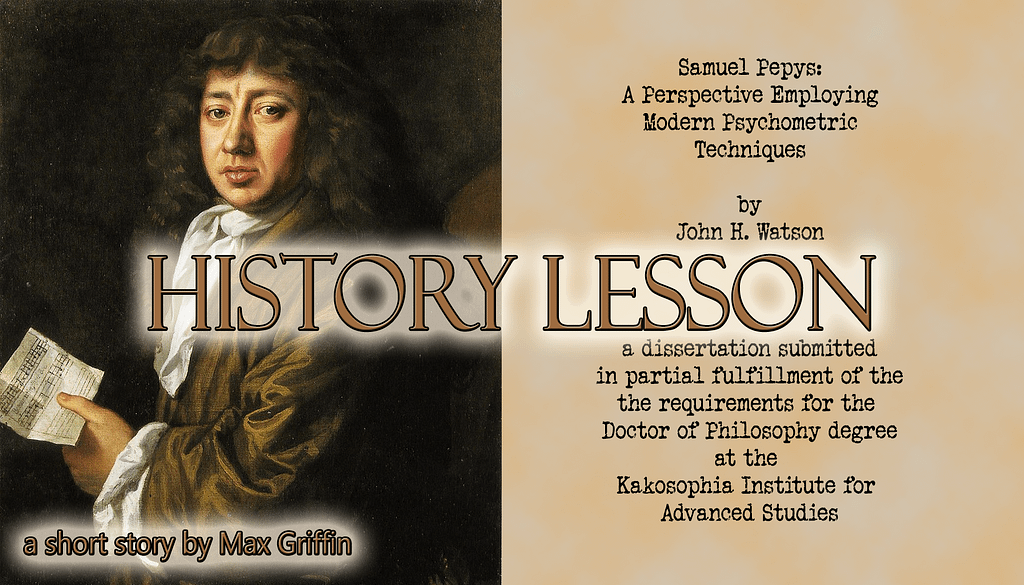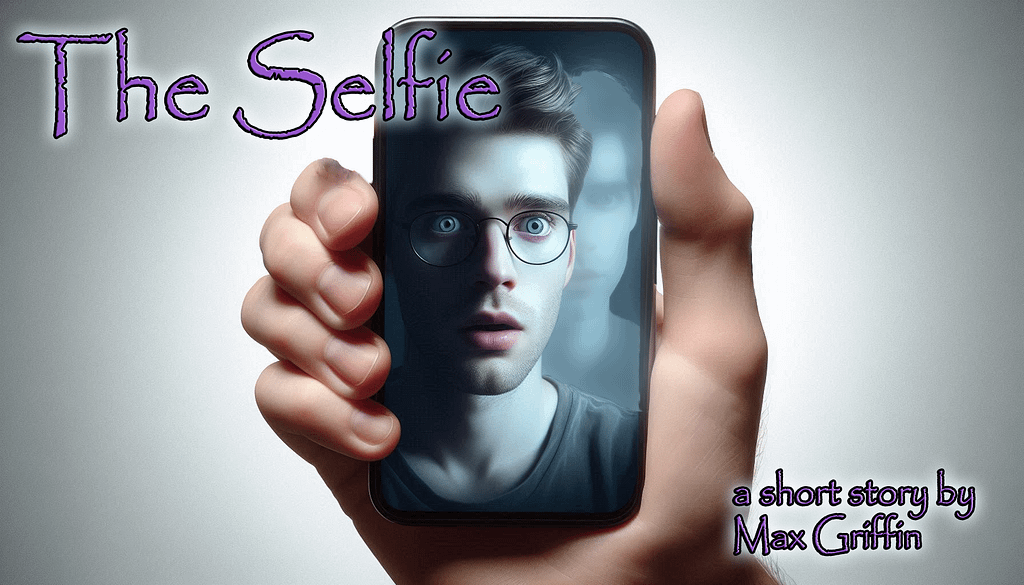
Everyone knows the old bromide about not judging a book by its covers. If it’s true, why do books even have covers? And why doesn’t anyone say the same thing about short stories? The answers involve marketing and return on investment.
Marketing
I’ll tell you a secret. I hate marketing my fiction. In the first place, I’m not good at it. No, that’s not right. I’m horrible at it. In the second place, it’s a skill I have zero desire to learn. Understand, I generally like learning new things, but marketing? That’s boring. Even painful. I’d rather take golf lessons, or have root canal. Marketing combines the least attractive features of each.
This aversion to marketing is also self-limiting. I certainly would like people to read my stuff, but that necessarily involves marketing it, even if it’s just to an acquisitions editor. But successful self-publishing means going whole hog into marketing. Boring and painful. See above.
Thing is, while I’d like people to read my stuff, that’s not why I write. I write because I need to. Having readers would be a plus, but it’s not something I want to devote lifespan to obtain. When you get to my age, that lifespan thing becomes more important.
The good news is that for novels, a publisher has a marketing team. These are people who, for whatever unfathomable reason, enjoy marketing and are good at it. I still have to do some marketing to get a publisher, but not the soul-consuming, overwhelming parts that involve getting sales. The publisher will do that, and as nearly as I can tell, their souls are doing fine. It’s mine that gets devoured when I try to do something that’s unnatural to me.
Return On Investment
Which brings me short stories. (Sorry, that’s best transition I could come up with.)
Don’t judge a book by its cover. Back to the original questions. Why does everyone say this, and why doesn’t anyone say this about stories? (It’s always about books.)
Well, the second question is easy to answer. Stories are short. There’s not much money involved for anyone — author or publisher . Covers, on the other hand, are expensive. That means there’s insufficient ROI. (That’s return-on-investment, an abbreviation I’m almost ashamed to admit I know. See above about how I enjoy learning things.). As a consequence, stories don’t have covers. It’s all about the money.
That answers the second question. The first question, why do people say this about novels, is equally easy. It’s because this is exactly how people do choose what book to buy. More accurately, it’s the first step in how people choose what to buy. That’s the point of the photo at the top of this post. Whether you’re in a bookstore or browsing online, you have to first pick a book to examine. How do you do that? From the cover, of course. Because novels do at least have a chance to make money, the ROI is there to pay for the cover.
The Internet to the rescue
Back to short stories — trust me, I’ve not lost the thread. A friend recently mentioned Medium.com to me. He’d posted some stories there and had actually made money. Well, admittedly, not much money. Less than a dollar. But he’d gotten readers, just for posting. That was what got my attention. The money didn’t matter. Even the royalties on my novels don’t matter to me. What I want is readers. Anyway, I decided to give Medium a try.
The first thing I noticed was that every story had a cover. It didn’t’ matter if it was a non-fiction article or a short story, they all had covers.
Confusing, right? There’s no ROI on hiring a cover artist. So where did all these covers come from?
When you post a story on Medium, it actually prompts you for a cover, and gives you a link to search for images on Unsplash.com. In case you didn’t’ know, that’s a place where artists publish their work. Artists, like authors, like having eyeballs on their work. Getting paid is nice, but not essential. So, there is a lot of beautiful artwork available for use on Unsplash. All you have to do is give appropriate credit to the source — and using Medium’s built-in search tool helpfully provides this.
I actually used a photo I found on Unsplash for the image at the top of this blog post, including the citation that Unsplash provides (and Medium copies, if I’d written this on Medium).
There are other places where you can find artwork for a minimal monthly fee. Unsplash has lots of links to iStock, for example. For another example, for $4 per month, I get access on CreativeFabrica.Com to artwork, fonts, and many other useful things. There are lots of other places to find artwork, either free or low cost. Many — but not all! — images on Wikipedia are public domain and, if they are, they include tools for properly citing the source. I used a Wikipedia image for this story, about unforseen dangers for a PhD candidate in history who uses AI to interview a simulation of Samuel Pepys:

But…don’t use a random image you find via Google search. Google will produce many images that are not public domain and are not free for you to use. Using them without permission is plagiarism. The point of the sites mentioned above is that the images are public domain and/or the creators have given (or sold via, your membership fee) permission for you to use their work. Be sure to also properly cite your source.
Another possibility is to generate your own cover. If you’re like me, I can barely draw a stick figure, but there are AI tools that will generate an image from text that you provide. For example, on Designer.Microsoft.com, I entered the following text:
Picture of a run-down and boarded up red brick Victorian mansion on a bright afternoon. The mansion has an overgrown yard and round turret on left side of a wrap-around porch.
That gave me an image close to what I wanted. After some modest Photoshop manipulations, I got his image:


The story involves a haunted house that takes the protagonist back to 1906, so I bought a vintage-looking font from CreativeFabrica via my monthly subscription and used Photoshop tools to add the title, author byline, and to tweak the image a bit. The story itself is a post-modernist critique of modernity, if you’re into that kind of thing. It’s also a haunted house story.
Of course, doing these minor additions involves knowing a little about Photoshop. It also involved writing several different versions of the generating text before I got the exact picture I wanted. Note that the same text can, and probably will, generate different images on each use. There’s also a difference between “painting,” and “drawing.” See above about how I like to learn some new things.
The story’s only been up for a week, so I don’t know how effective the cover is. A cover is just one of the ways of getting noticed on Medium, and I’m still exploring those. In any case, the cover alone won’t get eyeballs. But the point is, there are ways to get a cover for your story that don’t involve low ROI.
But it’s AI
I’m not opposed to using AI tools. I use Word’s built-in tools to check grammar and related things all time. I am opposed to someone claiming that they created work that was in fact AI generated. All I here did was write the description, and I do take credit for that, for what little it’s worth (basically zero). I’ve also noticed that the same prompt gives different images. If you try the above prompt, you won’t necessarily get the same image I got.
In passing, I’ve also noticed that about seventy percent of the time I describe a “handsome man” using the Microsoft tool, I get the same face. An example is this cover, where i asked for a handsome face in the cell phone. (The AI-generated image also had an extra finger holding the phone on the left side. I used Photoshop to take it out.)

Repeated requests with similar desccriptions give the same face about 70% of the time. The other thirty percent has a handsome face but with a different ethnicity. Within ethnicities, the faces don’t seem to vary vary. It’s almost impossible to get two handsome guys with same ethnicity and different faces in the same picture.
What’s the point?
Well, the first point is that everyone is going to start judging your work by using their first impression. Whether that’s a cover or absence of a cover, you’re making a first impression. Sites like Medium and Writing.Com give you the opportunity to add a cover to your work and influence that first impression. With minimal work, you could select an image from a place like Unsplash to find a cover, or, with a bit more work, generate your own cover using AI tools. If you want to get readers, these have reasonable ROI since your investment is a few minutes at most. Even if you’re not interested in readers, it can be kind of fun.
Fair warning: Designer.Microsoft.com can also be an addictive time sink.
It’s up to you.
If you tried an AI tool to generate an interesting image, I’d love to see it. Send me a link, along with the tool you used.

Be First to Comment